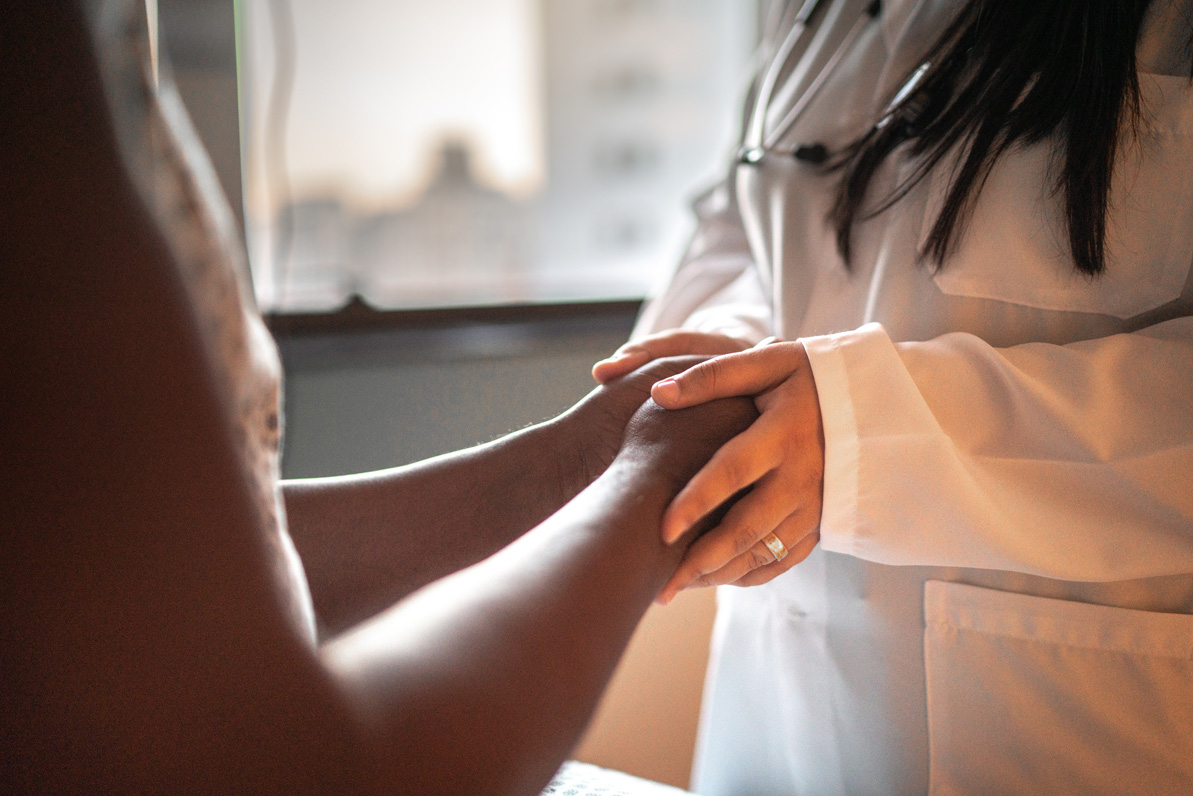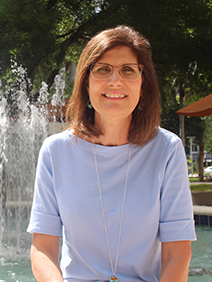Treatment for Depression: New Research

New research that sheds light on how our brains work is changing how clinical depression is treated. This is welcomed news for patients diagnosed with one of the most common mental disorders in the world.
In the U.S. alone, an estimated 17.3 million American adults, or about 7.1% of the 18-and-over population, suffer from major depressive disorder, according to a 2017 report by the National Institute of Mental Health. Another 1.9 million children 3 to 17 years old have diagnosed depression.
Yet, a treatment that works for everyone — let alone a cure — has been elusive, with most patients struggling to find the right drug or combination of therapies for the debilitating illness.
This may be changing as more researchers and doctors are willing to look at alternatives.
“In the last 5 to 10 years, there has been a great deal of research on a different class of agents,” says Dante Martin Durand, M.D., M.B.A, a psychiatrist with the University of Miami Health System. There’s also been considerable research on underlying biological causes of the disorder, which has opened up “the possibilities of different avenues for treatment.”
Usually, a patient is treated first with drugs called selective serotonin reuptake inhibitors (SSRIs). They are best known by some of their brand names, including Zoloft, Prozac, and Lexapro. SSRIs work in a precise way: increasing the availability of serotonin in the brain.
One of many neurotransmitters, serotonin, helps to control mood and emotions.
Other anti-depressants target two other neurotransmitters, norepinephrine and dopamine.
However, SSRIs aren’t consistently effective. In fact, 60% to 70% of people treated for depression don’t respond to the first anti-depressant therapy. And 30% of those who do respond eventually need to be prescribed a combination of medications. In short, SSRIs don’t help a sizable portion of diagnosed patients.
This has prompted psychiatrists to reconsider the causes and treatments of depression.
“We’re seeing more research into alternative therapies and understanding the biological causes of depression,” adds Durand, who is also vice chair of clinical services at the Department of Psychiatry and Behavioral Sciences at the University of Miami Miller School of Medicine and chief medical officer at Jackson Behavioral Health Hospital.
The urgency is real, as the U.S. suicide rate remains stubbornly high.
Over the past years, the National Institute of Mental Health (NIMH) has steadily increased its funding for “novel” depression treatment research. One published report noted that grants had doubled between 2007 and 2020.
There’s also been a gradual push within the medical field to look past SSRIs. In 2019, for example, the Federal Drug Administration approved a nasal spray for treatment-resistant depression. Spravato, as it is known, uses a version of the anesthetic drug ketamine to target another neurotransmitter — glutamate. It works faster than the longstanding anti-depressant drugs, which can take weeks to improve symptoms.
But it’s not just ketamine that has changed depression treatment.
Other therapies show promising possibilities:
Psychedelics are attracting research attention.
Psilocybin, in particular, is considered one of the leading candidates for treatment-resistant depression.
Dr. Durand is currently looking at the possibility of joining a Phase II/III study of this psychedelic. A small study, published in the New England Journal of Medicine this year suggests psilocybin works as effectively as other anti-depressant drugs. It activates receptors for serotonin, much as other common anti-depressants, but with an added benefit: it also changes levels of glutamate.
Nevertheless, psychedelics remain Schedule-1 drugs and are not available to a patient unless enrolled in clinical trials. (Oregon became the first state to legalize psilocybin for medical use last year. It also decriminalized LSD. Psilocybin mushrooms are also legal in Washington D.C. and a few other US cities.)
Using these powerful drugs also required careful monitoring. It is essential to combine psilocybin with focused counseling because the “mystical experience” of the magic mushrooms can last 8 to 9 hours, Dr. Durand explains.
Other psychedelic drugs being researched include ayahuasca, iboga, salvia, and peyote. One of the better known is ayahuasca, which is the brown brew of two plants from the Amazon. The concoction is traditionally used in religious ceremonies, but it has made its way to Europe and North America.
Transcranial magnetic stimulation (TMS) has won over several converts in the decade since U.S. regulators approved it.
It is a non-invasive procedure that painlessly delivers a magnetic pulse to nerve cells in the brain regions that involve mood control. It’s typically used when other treatments have failed.
Immuno-suppressing drugs also have been found to reduce depressive symptoms.
The theory behind this posits that depression is associated with a low-grade inflammatory response and cytokines – the immune molecules that control inflammation – are potential treatment targets. Studies are ongoing.
“It’s going to take a while before some of these treatments are approved” by the FDA, Dr. Durand says. “But I’m optimistic that we’ll be seeing some new drugs entering the pipeline in 3 to 5 years.”

Ana Veciana-Suarez, Guest Columnist
Ana is a regular contributor to the University of Miami Health System. She is a renowned journalist and author who has worked at The Miami Herald, The Miami News, and The Palm Beach Post. Visit her website at anavecianasuarez.com or follow @AnaVeciana on Twitter.
Tags: depression, Dr. Dante Martin Durand, mental health, psychology
